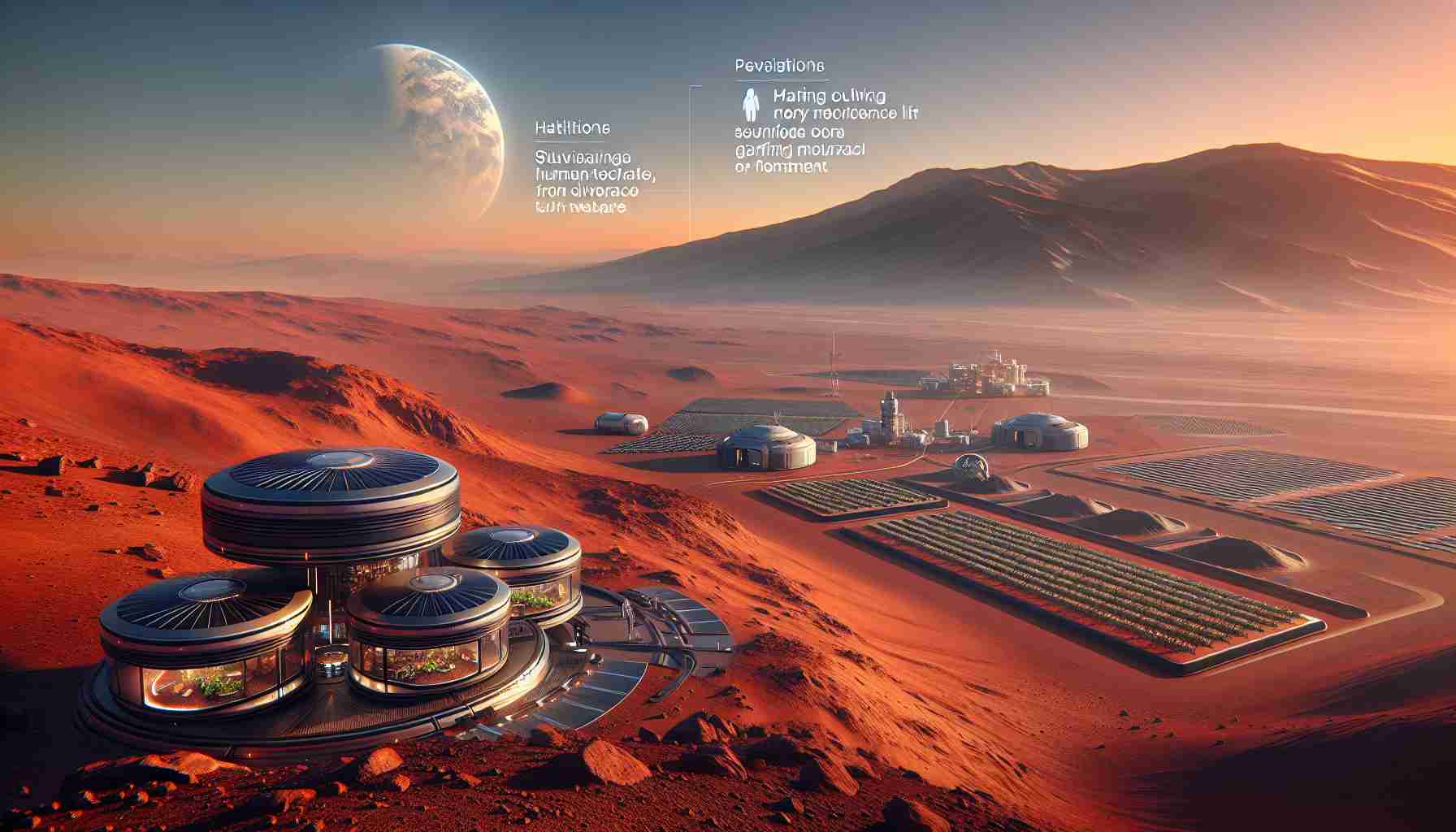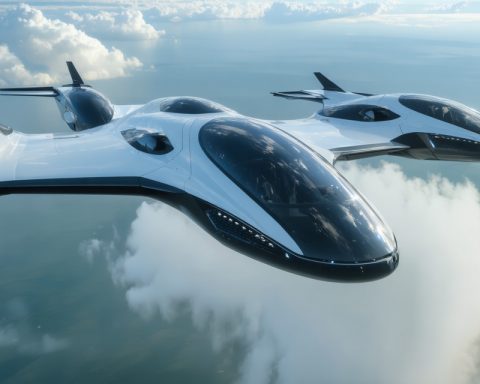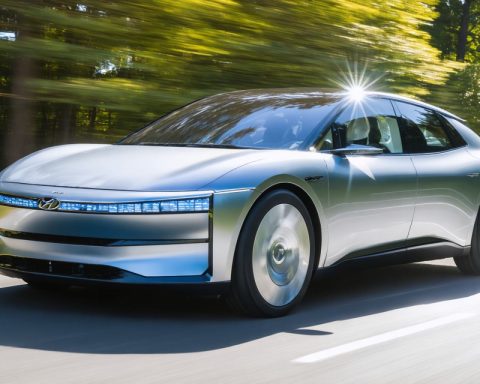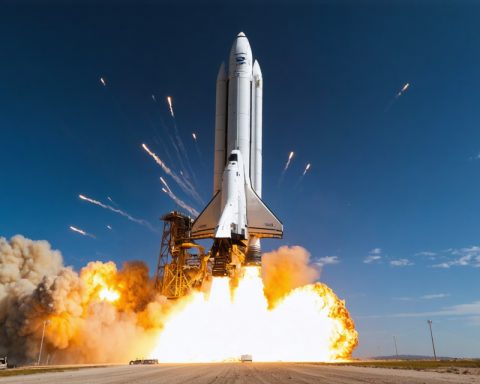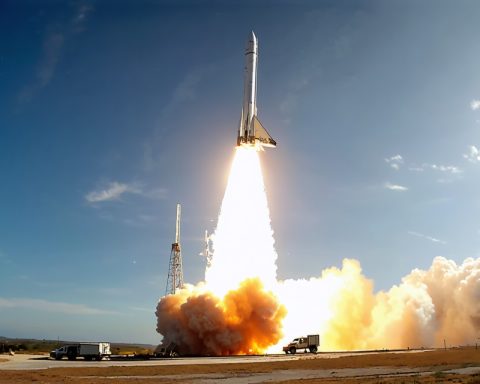Mars, often called the Red Planet, has long captured the imagination of scientists and dreamers alike. As we venture deeper into the 21st century, new technologies are transforming our visions of Martian life from science fiction into science fact. The latest developments in robotics and artificial intelligence (AI) are paving the way for sustainable human settlement on Mars.
Already, NASA’s Perseverance rover is exploring the planet’s surface, gathering valuable data on its geography and climate. But what’s truly groundbreaking is the deployment of AI systems capable of making autonomous decisions, which are essential for long-duration missions without constant human oversight. These systems enable robots to conduct experiments and repairs on Mars independently, crucial for creating a self-sustained human colony.
Moreover, breakthroughs in biotechnology hold promise for sustaining life away from Earth. Researchers are developing genetically modified crops capable of thriving in Martian soil, potentially solving the food supply issue. Concurrently, advances in 3D printing technology are enabling the construction of habitats using local materials, reducing the need to transport building supplies from Earth.
Excitingly, private companies like SpaceX and Blue Origin are investing in reusable rocket technology, lowering the cost of transporting humans and supplies. This makes the dream of living on Mars more feasible than ever before. Just a few decades from now, these technological innovations could transform Mars from a barren landscape into a thriving human outpost, reminiscent of early New World colonies on Earth. The question is no longer “if,” but “when.”
Revolutionary Innovations Paving the Path for Martian Colonization
As humanity advances into the latter half of the 21st century, the prospect of human colonization on Mars is no longer confined to the realm of science fiction. A series of cutting-edge technological innovations are making this daring venture increasingly feasible. Here, we explore some new developments and their implications for transforming Mars into a sustainable human habitat.
AI and Robotics: Autonomous Martian Explorers
The deployment of sophisticated AI systems has been a game-changer in Mars exploration. These systems, integrated into robotic missions such as NASA’s Perseverance rover, are capable of making autonomous decisions, eliminating the need for constant human control. This capability extends to conducting scientific experiments, carrying out maintenance, and gathering a wealth of data about the Martian environment—skills crucial for setting up a self-sufficient colony.
Biotechnology and Agriculture Innovations
One of the major hurdles in establishing a human settlement on Mars is ensuring a consistent food supply. Recent breakthroughs in biotechnology are making strides in addressing this challenge. Genetically modified crops, designed to flourish in the harsh Martian soil and reduced atmospheric pressure, are currently under development. These innovations hold the potential to significantly cut down the need for food imports from Earth, allowing for a more autonomous existence on the Red Planet.
Advancements in 3D Printing and Habitat Construction
Building infrastructure on Mars presents significant logistical challenges. Current research in 3D printing technology is focused on utilizing local Martian materials for construction. This reduces the need to transport heavy building supplies from Earth, thereby decreasing costs and increasing sustainability. Such advancements could lead to the swift construction of living spaces, laboratories, and other essential facilities needed for a human settlement.
Reusable Rocket Technology: Bridging Earth and Mars
Private aerospace companies, notably SpaceX and Blue Origin, are revolutionizing space travel economics through the development of reusable rocket technology. By drastically lowering the costs associated with sending humans and equipment to Mars, these innovations are bringing us closer to realizing the dream of a Martian colony. Frequent, affordable travel to Mars could soon become a reality, facilitating the transfer of resources and personnel critical for sustaining life.
Sustainability and the Future of Mars Colonies
As momentum builds towards human habitation of Mars, sustainability remains a pivotal concern. Implementing environmentally respectful practices and leveraging renewable energy sources will be essential in converting Mars from an inhospitable environment into a thriving human settlement. Efforts are ongoing to develop closed-loop life support systems that recycle air, water, and waste efficiently.
Predictions and Future Trends
The trajectory of Mars colonization suggests the establishment of a fully functional human outpost within the next few decades. This vision extends beyond mere survival; it includes establishing a vibrant, sustainable community capable of research, tourism, and even crafting unique Martian industries. With continued investment in technology and international collaboration, the day when humans call Mars home appears closer than ever.
To stay updated on Mars exploration and related technologies, visit the NASA website or follow developments from innovative companies like SpaceX and Blue Origin.
